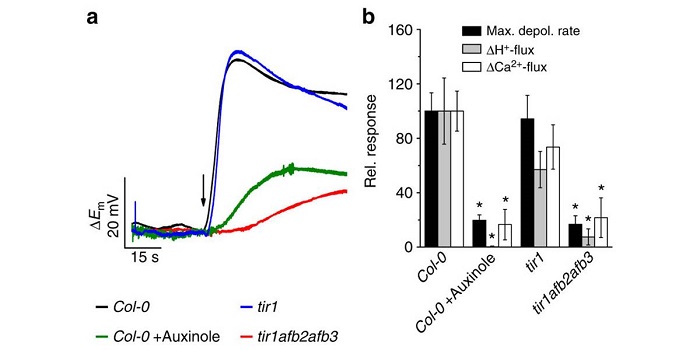
AUX1-mediated root hair auxin influx governs SCFTIR1/AFB-type Ca2+ signaling (Nature Comms)
Plant Science Research WeeklyThe phytohormone auxin is transported in a polar fashion through PINs (PIN-FORMED) and PGPs (P–GLYCOPROTEIN) as auxin efflux carriers and AUX1 and LAXs (LIKE-AUX1) as influx carriers. Previous experiments from oat coleoptiles and corn root hairs indicate that one of quickest auxin responses is cell…
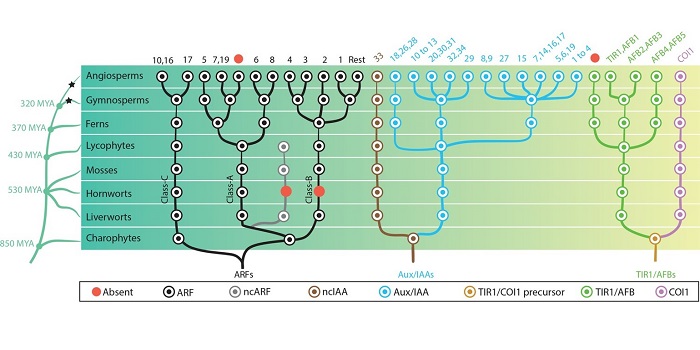
Deep evolutionary roots for the plant hormone auxin (eLIFE)
Plant Science Research WeeklyAuxin is an endogenous plant hormone that orchestrates complex tissue development across diverse green plant lineages. In a recent article, Mutte et al. performed a deep phylogenomics analysis of known and predicted auxin signalling mechanisms present in green plants and their algal predecessors. This…
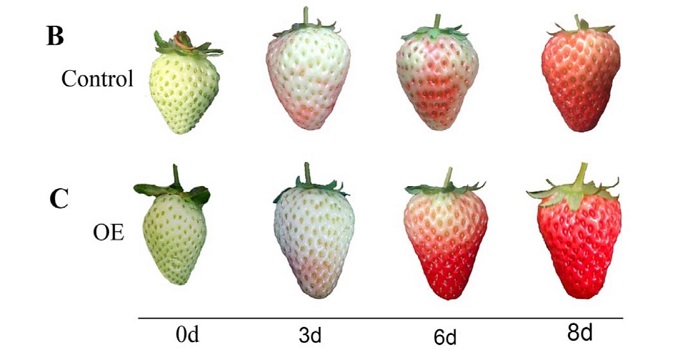
Polyamines regulate strawberry fruit ripening by abscisic acid, auxin, and ethylene (Plant Physiol)
Plant Science Research WeeklyPolyamines, which include putrescine [NH2(CH2)4NH2], spermidine [NH2(CH2)4NH(CH2)3NH2], and spermine [NH2(CH2)3NH(CH2)4NH(CH2)3NH2], are widespread in nature. Although their mechanisms of action remain largely unresolved, they have demonstrated roles in plants ranging from abiotic stress tolerance…
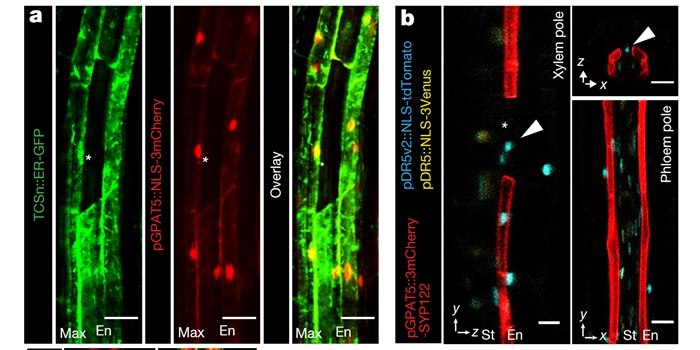
Diffusible repression of cytokinin signaling produces endodermal symmetry and passage cells (Nature)
Plant Science Research WeeklyPassage cells are a subset of interspersed root endodermal cells that are unsuberized, which is thought to aid in transport because suberin inhibits transcellular transport. In Arabidopsis, suberization follows a stereotypic pattern which responds to many stress conditions, partly mediated by abscisic…
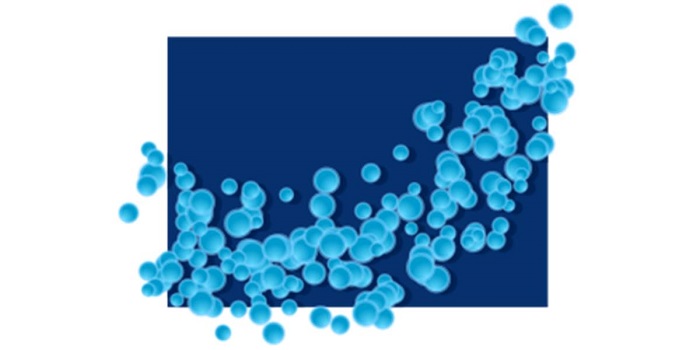
Letters: Auxin and vesicle traffic (Plant Physiol)
Plant Science Research WeeklyThree letters to Plant Physiology address the role of vesicles in auxin transport, discussing the evidence and conclusions from a recently published paper from three perspectives. Does auxin accumulate in endocytic vesicles? If so, how, and why? The Letters address both the methods used and the intrepetation…

Membrane protein MHZ3 stabilizes OsEIN2 in rice by interacting with its Nramp-like domain (PNAS)
Plant Science Research WeeklyMuch of the ethylene biosynthesis and signaling pathway has been characterized from study of the dicot Arabidopsis. In this study, Ma et al. have characterized the ethylene insensitive mutant mhz3 from rice. MHZ3 is a membrane protein localized to the endoplasmic reticulum that interacts with OsEIN2…
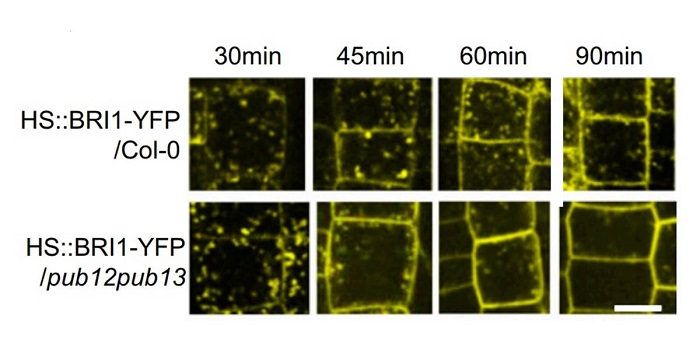
Regulation of Arabidopsis Brassinosteroid receptor BRI1 endocytosis and ubiquitination ($) (PNAS)
Plant Science Research WeeklyBRI1 (BRASSINOSTEROID INSENSITIVE1) is a plasma-membrane localized brassinosteroid (BR) receptor that is endocytosed to internal membranes following BR binding. In this study, Zhou, Liu et al. provide a mechanistic model of BRI1 endocytosis through ubiquitination. They identified two E3 ubiquitin ligases,…

The auxin-regulated CrRLK1L kinase ERULUS controls cell wall composition during root hair tip growth ($) (Curr Biol)
Plant Science Research WeeklyRoot hair outgrowth requires the plant hormone auxin and polarized tip growth and cell wall deposition. Schoenaers et al. showed that the plasma membrane-localized receptor-like kinase ERULUS (ERU) regulates tip growth in root hairs. ERU is regulated by auxin via ARF7 and ARF19 transcription factors,…

Brassinosteroids and Hydrotropism
Plant Physiology, Plant Physiology: On The InsideSoil water availability is a major constraint for crop growth throughout the world. Hydrotropism, the bending of roots in response to moisture gradients, enables plants to take better advantage of available soil water. In contrast to gravitropism and phototropism which have been studied extensively,…

